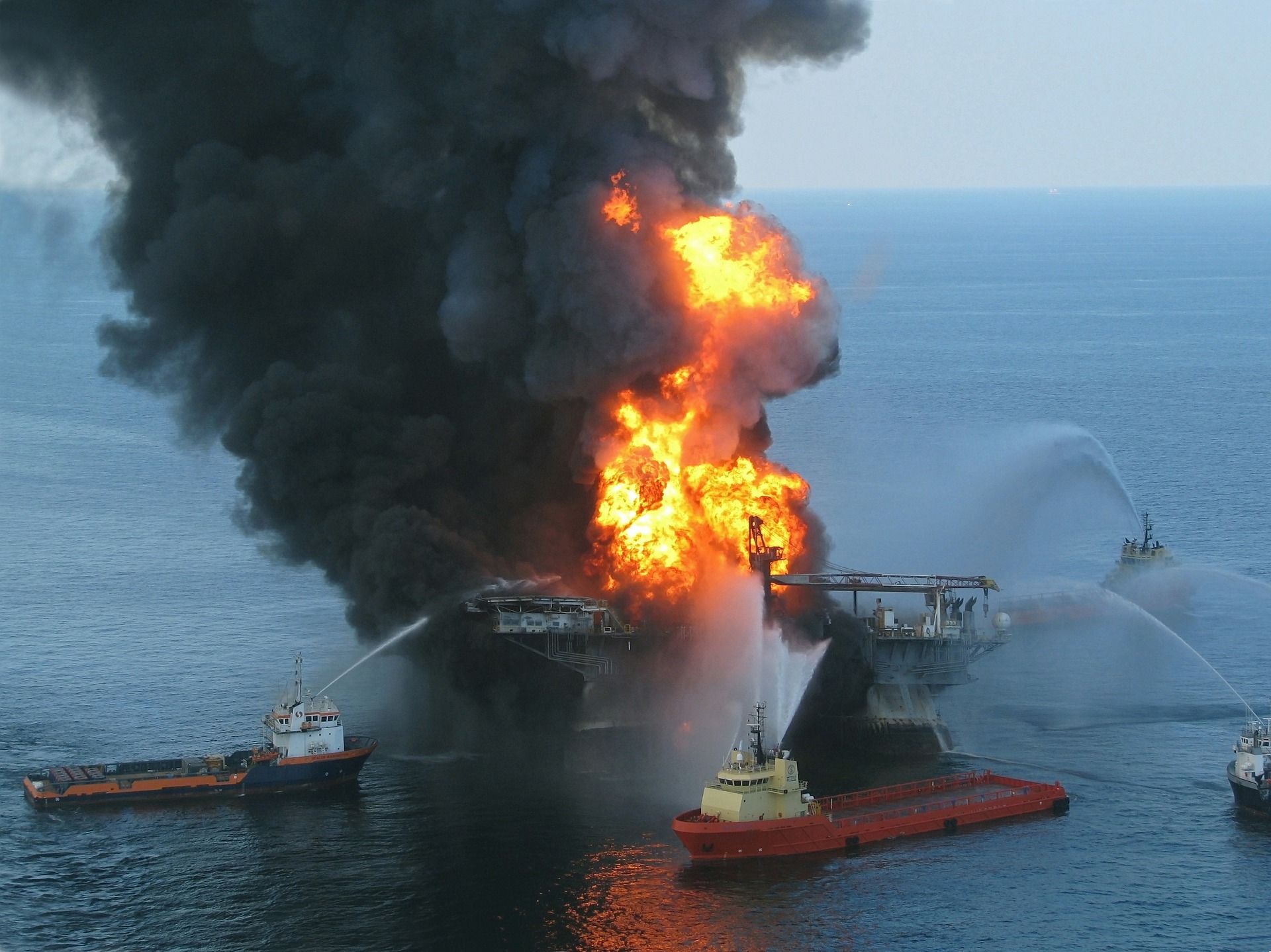An international study involving researchers at St Andrews has revealed dolphins are struggling to survive seven years after the Deepwater Horizon disaster.
In April 2010 a blowout on the drilling rig resulted in 134 million gallons of oil being released into the Gulf of Mexico over an 87-day period, killing thousands of marine mammals including bottlenose dolphins.
Researchers at St Andrews were involved in a study examining the environmental impact of the explosion, which was coordinated by the US government’s National Oceanic and Atmospheric Administration (NOAA).
It found the dolphin population in the Barataria Bay area of the Gulf of Mexico will have reduced by 50% within the decade following the spill and that full population recovery will take 40 years.
In addition, the scientists found 25% of the current population are underweight and 17% are in a poor or grave condition.
Dr Len Thomas, director of the Centre for Research into Ecological and Environmental Modelling (CREEM) at St Andrews, said: “Despite all the uncertainties, it is clear that many populations of marine mammal were badly affected by the oil spill, and that these negative effects will persist for many years into the future.”
Scientists from the St Andrews-based Sea Mammal Research Unit (SMRU) also contributed to the study.
SMRU director Ailsa Hall said: “My assistance was required to provide advice in relation to how assessing the damage to the bottlenose dolphins and large whales that inhabit the Gulf of Mexico and that were exposed to the oil should be tackled.
“My research expertise as a marine mammal epidemiologist and toxicologist was sought to provide independent critical review of the proposed work.
“The challenges faced by the NOAA scientists in determining whether the oil had caused significant effects on the health and survival of the dolphins and whales in the Gulf of Mexico was immense.”










